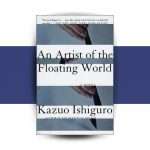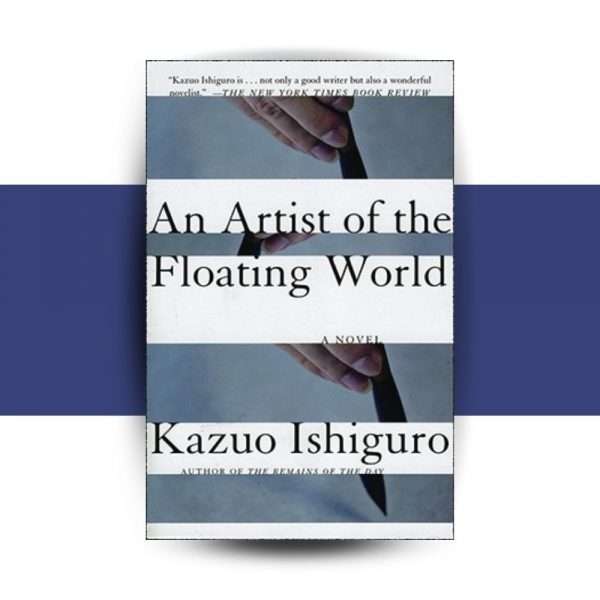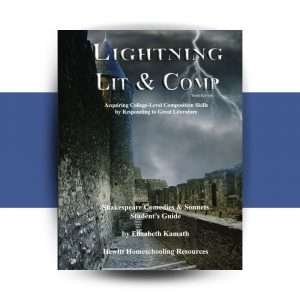Description
Kazuo Ishiguro was born in 1954 in Japan, and moved to Britain in 1960. Many of you may be familiar with his book which was made into a movie, Remains of the Day.
This is part of Hewitt’s Lightning Literature & Composition curriculum. From our Guide by Brenda S. Cox:
An Artist of the Floating World is narrated by Masuji Ono, a retired Japanese artist. He constantly uses flashbacks to earlier times, so that we only gradually find out his history and his current situation. He is in some ways an unreliable narrator, meaning that he shows us events through his own slant, trying to make himself look better than he is.
Ono became an artist against his father’s wishes. His first ‘master,’ Takeda, ran a mass-production art studio, producing Japanese-looking art to export to foreigners. Ono’s second master, Moriyama, specialized in paintings of the Floating World, the pleasure quarter of the city inhabited by geisha girls, actors, musicians, etc. Ono left Moriyama when a man named Matsuda recruited him to do art propaganda for the government, which was becoming more nationalistic and imperialistic in the years leading up to World War II. At the beginning of the book, the war is over and many Japanese condemn those involved in imperialism, which led to death, shame, and suffering. But people do not want to talk about it outright and further shame their country. Ono, in the new world after the war, is coming to grips with his past, and with the changes in his world. He is in the midst of marriage negotiations for his daughter, in which his past conduct is very important.






